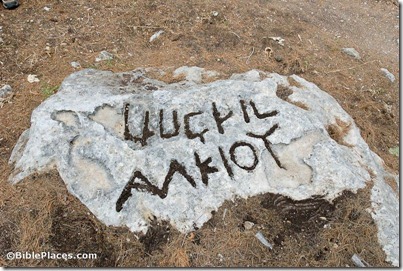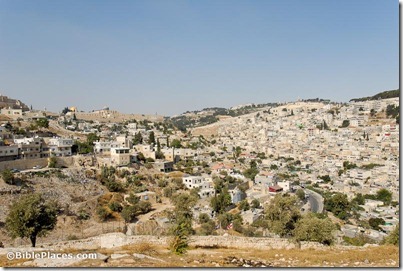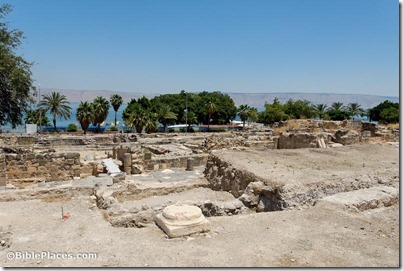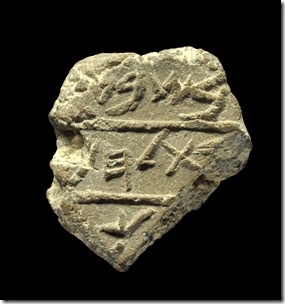A thirteenth boundary inscription near Tell Gezer was discovered last week in an archaeological survey led by Southwestern Baptist Theological Seminary. They also re-discovered inscription #4, one initially located by Charles Clermont-Ganneau but not seen since. Robert Alexander Stewart Macalister doesn’t come out looking very good in this story either. From SWBTS:
The new boundary stone inscription located by the Gezer survey team this season is the first to be found in over a decade, increasing the total number of known Gezer boundary inscriptions to 13. The new inscription is very weathered and is a bilingual inscription like many of the others, with some minor differences. It is a three line inscription, rather than the typical two, with the Greek name Alkiou on the first line (literally “belonging to Alkios”), remnants of the Hebrew word for “region of” on the second line and small remnants of the letters spelling “Gezer” on the third line. The Greek letters are larger than in other inscriptions and both the Greek and Hebrew lines are oriented in the same perspective. The survey directors will seek to publish the inscription as soon as possible in an academic publication.
The second inscription discovered this season has not been seen by scholars in over 100 years. Originally discovered by a 19th century French explorer, a later excavator RAS Macalister admitted to having spent considerable time during his 1902 through 1909 expeditions searching for this particular boundary stone. Unable to find the inscription, he concluded that it must have been defaced to unintelligibility in the years subsequent to its discovery. Based on a published field sketch of the stone, this boundary inscription and the 19th century discovery are one and the same.
The full story is here. Sam Wolff, who mentioned this report on the ANE-2 list, writes that the two inscriptions are 50 meters apart. When Ronny Reich discovered inscription #12 about a decade ago, he and Zvi Greenhut published a survey of all the inscriptions, with GPS coordinates, in Israel Exploration Journal 52/1 (2002): 58-63. The SWBTS article states that survey directors Eric Mitchell and Jason Zan have written an article on the first five survey seasons to be published soon by Hadashot Arkheologiyot.
See this month’s issue of the BiblePlaces Newsletter for a photo of inscription #8.



